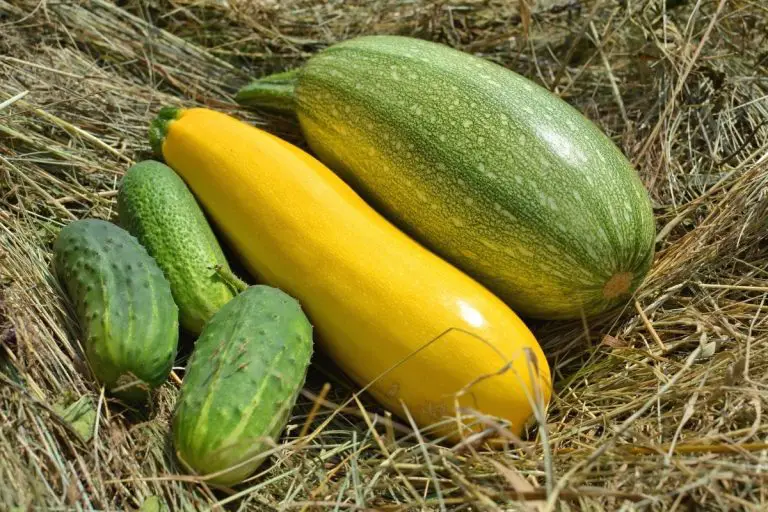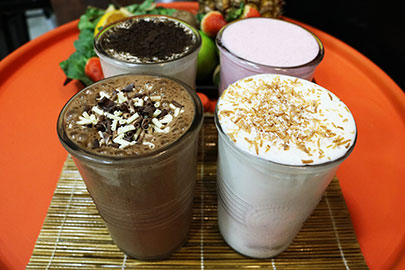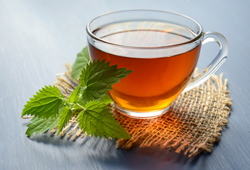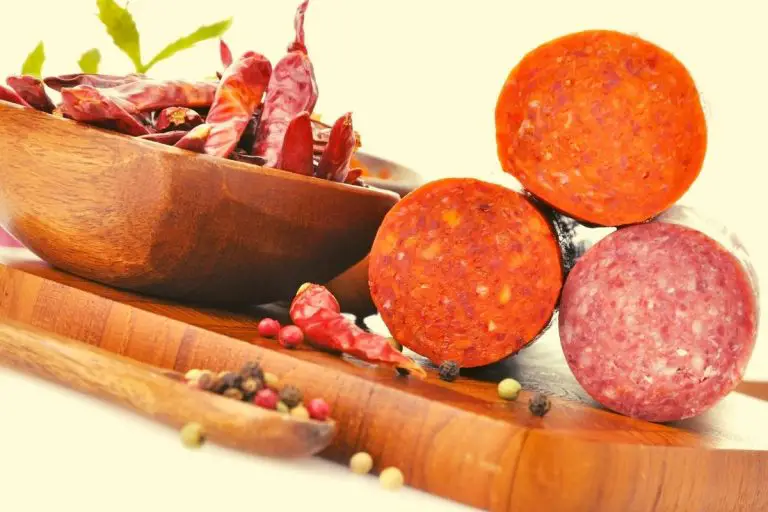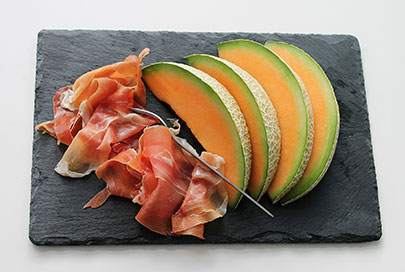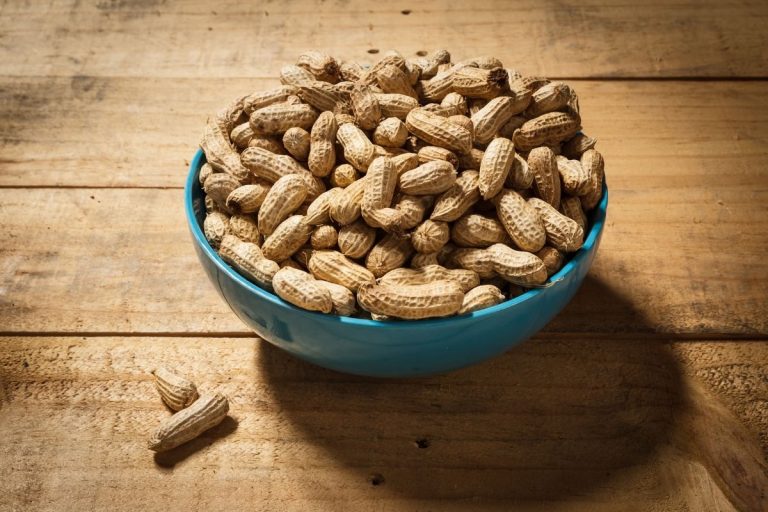What’s the Difference between Quinoa and Bulgur?
When we look for new flavors while cooking, we often come to these starchy foods when the goal is to replace pasta and potatoes. But do you know the differences between quinoa and bulgur?
The main difference between quinoa and bulgur is that bulgur is made from wheat and precooked, while quinoa is a seed from another plant. They both look similar but have different health benefits (for example, quinoa is gluten-free).
It’s not simple to give you the difference between these two starchy foods in two sentences, so I recommend reading the following of the post to know everything about them.
Quinoa
Definition
An annual herb (Chenopodium quinoa) of the goosefoot family that is native to the Andean highlands and is cultivated for its starchy seeds which are used as food and ground into flour
Merriam-Webster
The important thing to remember here, is that the quinoa plant is cultivated for its seeds
Seeds are the form you can get in your favorite supermarket
Plant
The quinoa plant exists under several varieties
Here is what it looks like:
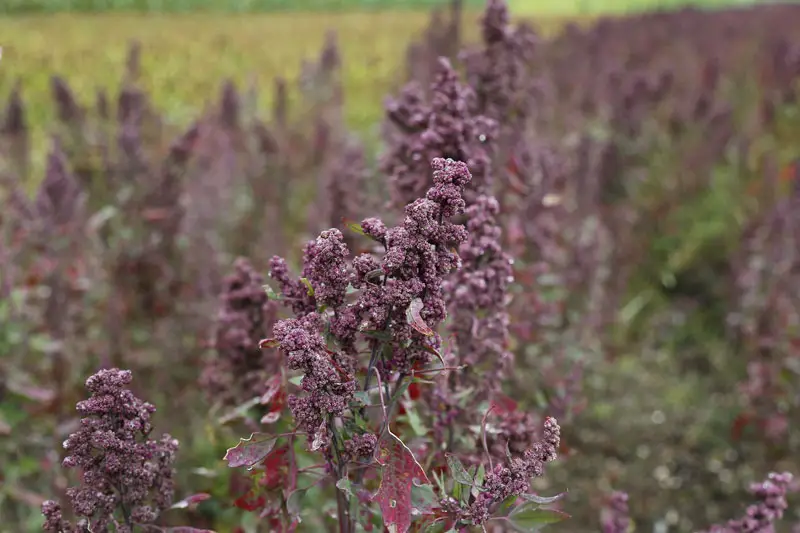
Seeds are what you can see on the picture
They will be harvested to be transformed into the commercial form we know (I’ll show you pictures in the following if you have no idea what it looks like)
Culture
As mentioned in introduction, quinoa is almost exclusively cultivated in two South America countries:
- Peru
- Bolivia
As the demand for quinoa has exploded since the 2000s, these two countries must constantly increase their production capacity by increasing the number of quinoa fields in the country.
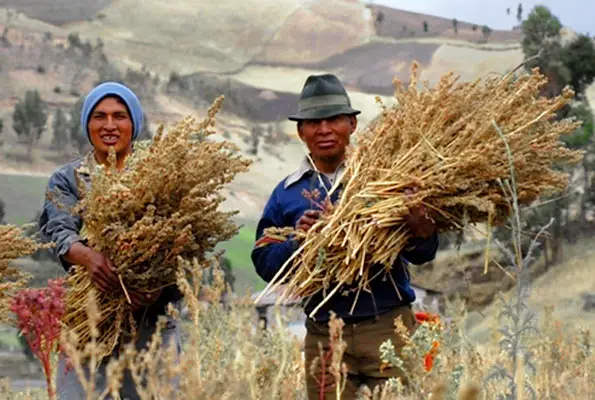
There are also a few fields in other countries, but it remains marginal
Nutritional values
What made the success of the quinoa is that it is gluten free
Once cooked, it’s rich in carbs (21%) and proteins (4%) but low in fat (2%)
A 100g portion of cooked quinoa provides about 120 calories, as well as manganese, phosphorus, fiber and other dietary minerals such as iron, zinc or magnesium
Price of quinoa
We can find quinoa in all kind of recipes and packaging
It can be either organic and natural, mixed with other starchy foods, or just ready, already cooked
Here are some examples to get an idea:
- Organic quinoa seeds that I recommend
- The supermarket version
- Or even in ready to eat meals, if you want to try
Cooking
Like the rice you can prepare it from different ways:
- With water, exactly like rice (10 to 15 minutes after boiling)
- In a pan, ideal for a wok
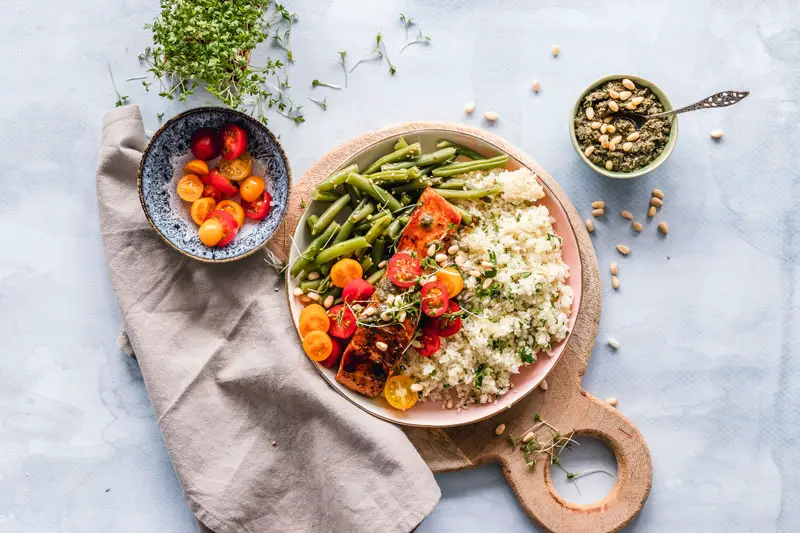
It can then be integrated into a dish, as an accompaniment, as a salad or even as a dessert
A recipe in video
And if you want to try, here is a step by step video of 3 healthy quinoa recipes:
To go further
If you want to know more about quinoa, you’ll probably need more help, as its post is just here as an introduction
I just want to add that you can find many books on the topic, about the quinoa benefits, recipes, etc.
Check this link on Amazon to get an idea
Bulgur
Definition
A form of wheat that has been parboiled, cracked, and dried.
Dictionary
As I wrote in introduction, bulgur is just wheat prepared with a certain way (by crushing wheat)
Sorry, you will not find anything exotic in this part 🙂
Plant
Bulgur is made from wheat, so the original plant is simply wheat that you all know
That’s what wheat ears look like:

Culture
Wheat is one of the most cultivated cereals in the world, with rice and corn
It is produced worldwide, and unsurprisingly the biggest producers are pretty much the biggest countries
China, India and Russia are among the top 3 places
Nutritional values
Nutritional values from bulgur are almost similar to what you can get with semolina (also made from wheat)
If you are interested in that, here are the information I have found :
- Calories: 83 for 3.5 oz (ca. 100g)
- Proteins: 3%
- Carbs : 18%
- Magnesium: 0.03%
- Potassium: 0.06%
So it’s a food rich in carbs and minerals, but very low in fat
Price of the bulgur
Bulgur is often cheap, you can also find in several forms:
- The organic bulgur, its price is reasonable and you will enjoy all its benefits
- The supermarket bulgur, even cheaper and easy to prepare
- And finally the prepared meal, ready to eat, just warm
Cooking
The bulgur cooking is also similar to what you can do with semolina
Throw the bulgur in boiling water and then let it cook on a low heat for a few minutes to finish cooking
Then you must rub the bulgur like semolina
We can then warm slightly before seasoning and integrate it into the rest of the recipe
A recipe in video
I suggest here a recipe in video to cook your bulgur, so you can see step by step an original recipe
Differences between quinoa and bulgur
Plant
The quinoa comes from the plant with the same name
Bulgur is just a preparation method, it comes from crushed wheat
Culture areas
Quinoa is mainly produced in South America, climate and altitude are perfect for the plant
And as the bulgur comes from wheat, it’s cultivated anywhere, in the entire world. Climate is not a big deal to cultivate wheat
Cooking
You can cook quinoa the same way as classic rice, by cooking it 10 to 15min in water
To cook bulgur, follow the same recipe as semolina, by adding boiling water on it, and let it absorb the water
Nutritional values
The main advantage of the quinoa is that there is no gluten
Besides that, both bring proteins, fibers and essentials minerals
Conclusion
That’s it, you now know the difference between quinoa and bulgur
You have seen how they are cultivated, produced and cooked, you know everything!

